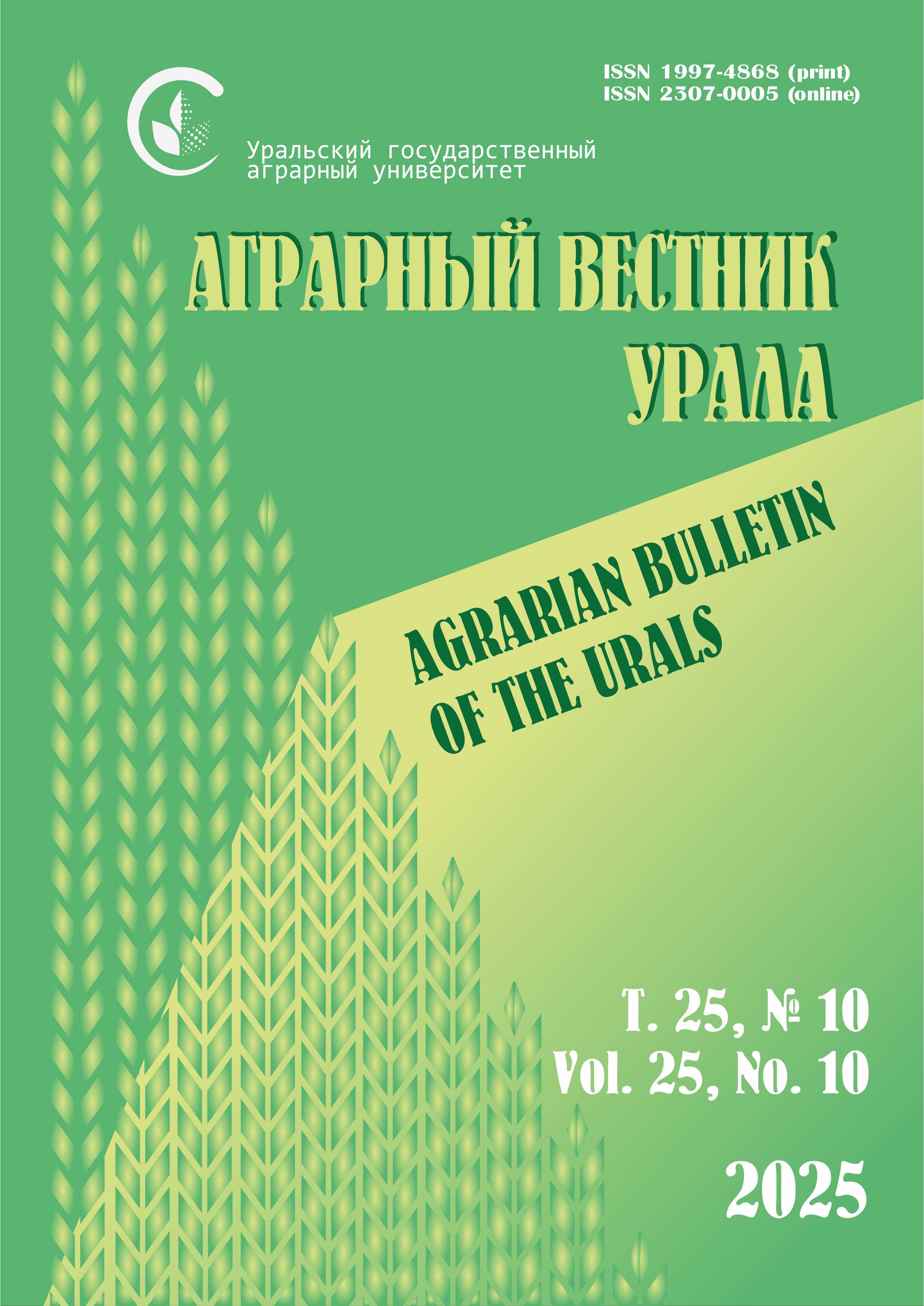Authors:
N. V. Ryago,
O. V. Panfilova
Russian Research Institute of Fruit Crop Breeding, Zhilina village, Oryol region, Russia
E-mail: This email address is being protected from spambots. You need JavaScript enabled to view it.
Abstract. The work was aimed at improving the elements of the technology of microclonal propagation of red currants, taking into account the genetic characteristics and the regeneration system for inducing the morphogenesis of explants. Methods. The work was completed in 2022/2023 under the conditions of the central region of Russia on the basis of the Russian Research institute of Fruit Crop Breeding. Difficult to propagate red currant varieties ‘Valentinovka’, ‘Marmeladnitsa’ and ‘Podarok Leta’, which were obtained with the participation of the parent form ‘Rote Spatlese’, were selected as the objects of the study. The selection of meristematic tissues of shoots and sterilizers was carried out in accordance with modern domestic and foreign protocols and methods. The introduction to culture was performed at the end of the winter, late spring and autumn periods in accordance with the stages of ontogenetic development of red currant. Statistical processing of the data was carried out using one-way analysis of variance (ANOVA). To analyze the significance of the results, Tukey’s multiple rank tests was used at a significance level of P < 0.05. Results. The feasibility of introducing red currant genotypes into in vitro culture at the stage of forced dormancy was experimentally proven. During the period of late spring introduction, significant varietal differences and a decrease in the viability of microplants were associated with damage by bacterial microflora and necrosis. Sterilization regimes for currant apical meristems when introduced into culture were optimized. The feasibility of using sterilizers is shown depending on the genotype and the period of introduction into the culture. High efficiency, regardless of the period of introduction and variety, was obtained in the experiment with the sterilizing agent AgNO3 . Scientific novelty. Some elements of the technology of microclonal propagation of berry crops were developed and scientifically substantiated using the example of the subgenus Ribesia Berl. The effectiveness of the survival rate of red currant microplants was shown depending on the period of introduction of apical meristems into the culture and the physiological state of the plants.
Keywords: elements of technology, timing of introduction, plant ontogenesis, viability of explants, regenerative ability, meristem, sterilizing agent, stepwise sterilization, plant health improvement
For citation: Ryago N. V., Panfilova O. V. Regenerative ability of genotypes of the Ribesia Berl. in vitro. Agrarian Bulletin of the Urals. 2024; 24 (10): 1345‒1358. DOI: https://doi.org/10.32417/1997-4868-2024-24-10-1345- 1358. (In Russ.)
Download the full text of the article












